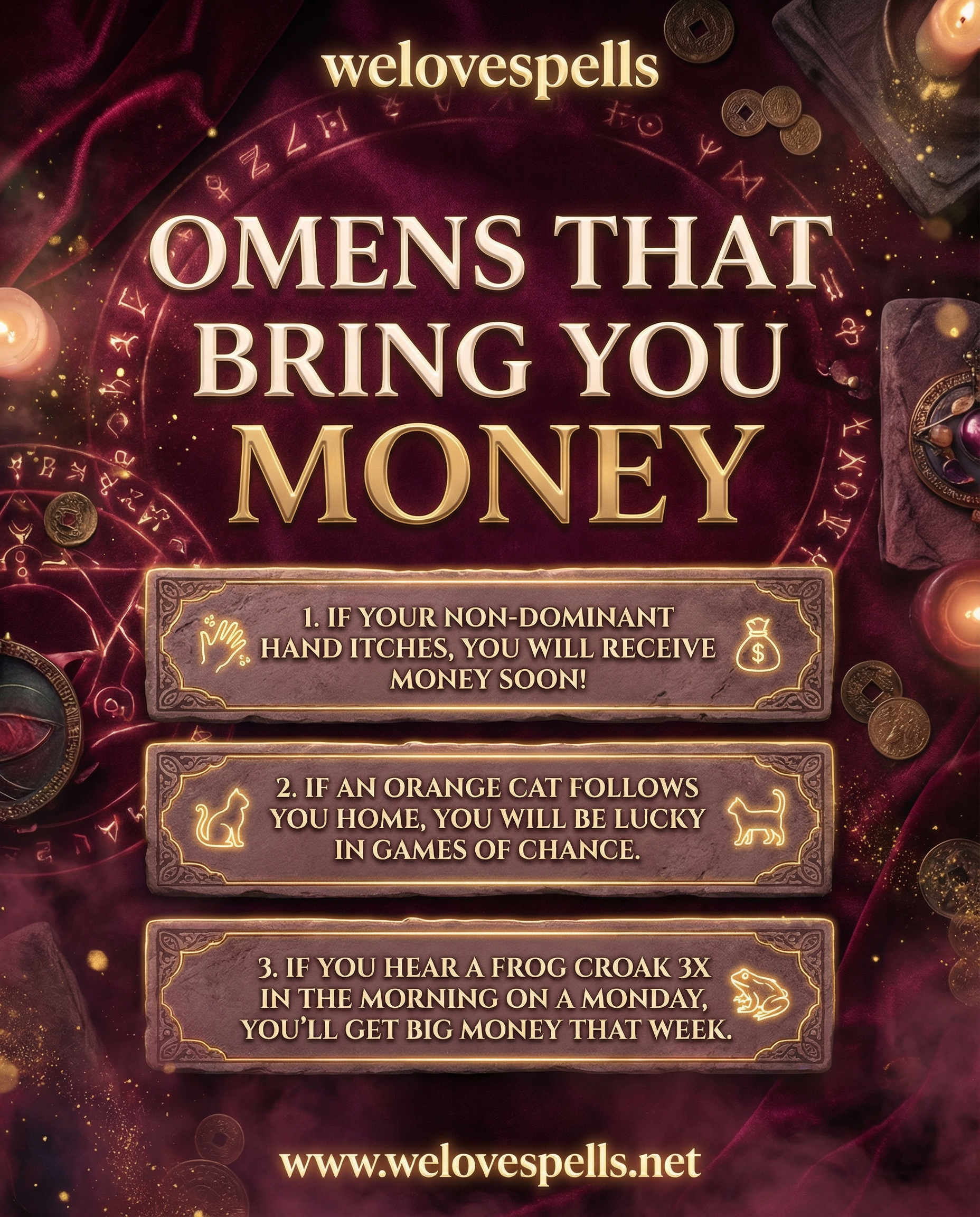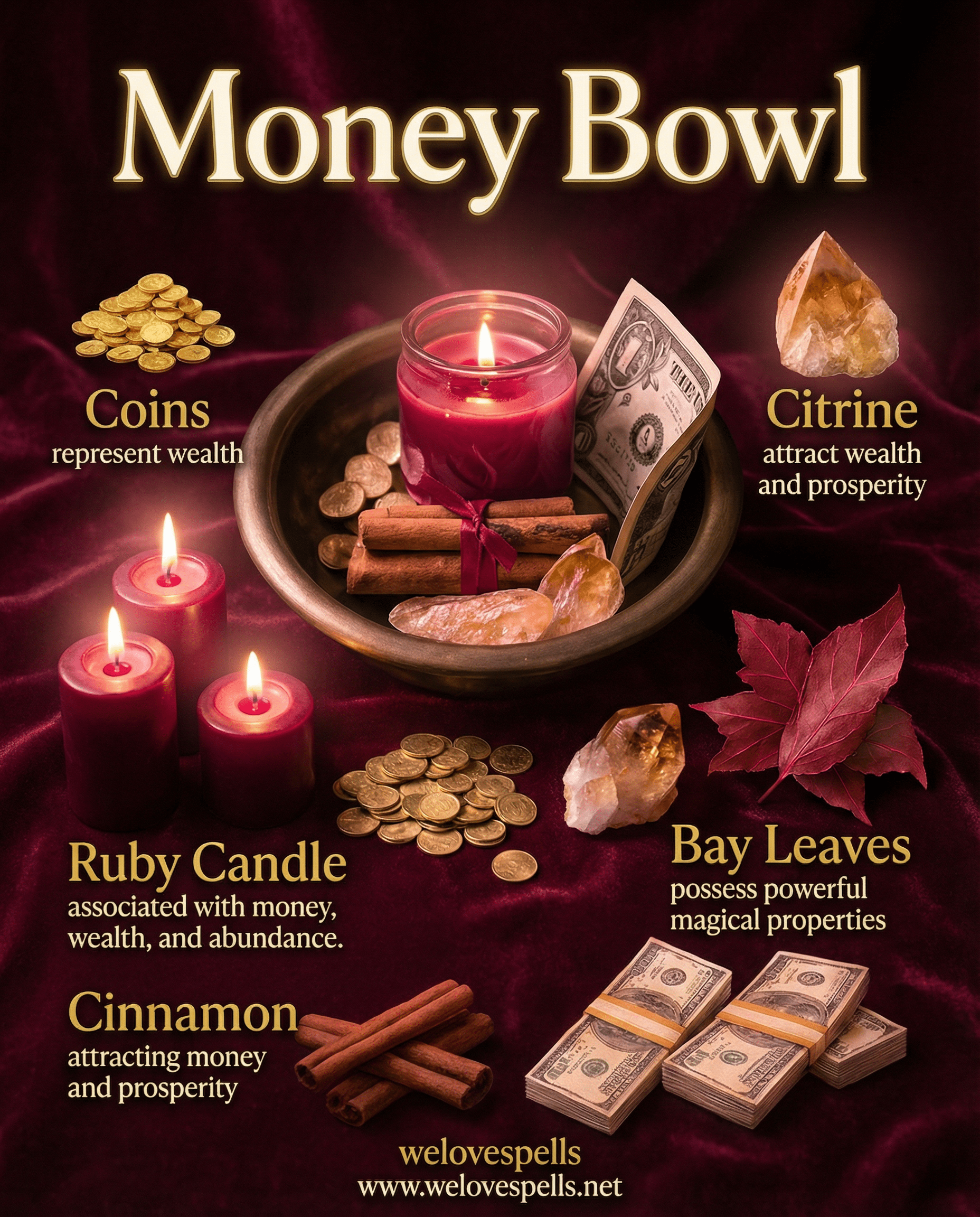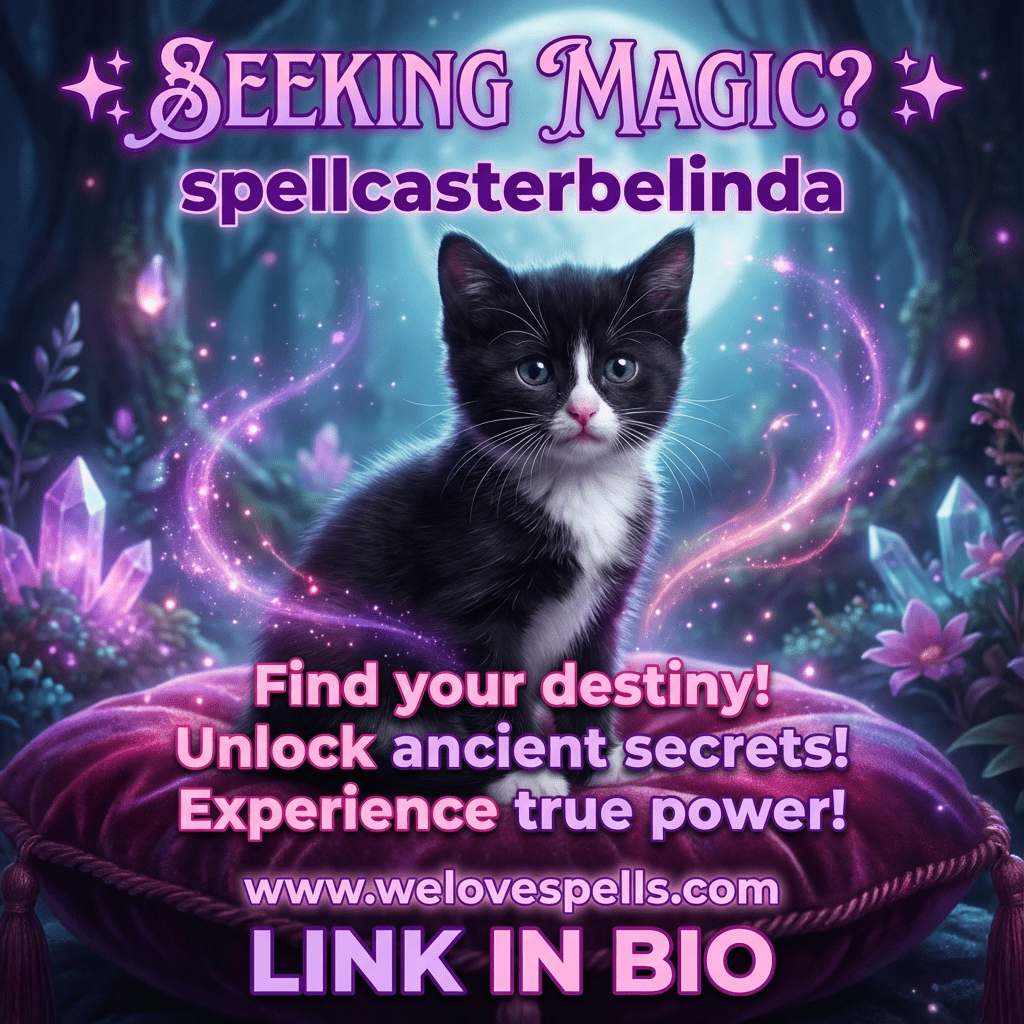What Are Examples of Magic Spells?
You might not realize that some of the most famous magic spells have roots in ancient languages and cultures. As you explore this topic, you'll discover how words like "Abracadabra" served not just as entertainment, but as serious attempts to ward off illness. From there, you can plunge into how modern fiction has expanded on these concepts, creating spells that captivate our imaginations, like "Expecto Patronum" from Harry Potter. What makes a spell effective or iconic? Let's consider the different cultural influences and the timeless allure of the magical incantation.
Traditional Magic Words

Delving into the world of traditional magic words, you'll uncover phrases that have enchanted audiences for centuries. "Abracadabra," dating back to the 2nd century BCE, is a timeless expression that magicians use to evoke wonder. This ancient term has captivated people with its mysterious power and history.
Moving forward in time, "Hocus Pocus" became popularized by a 90s film but has roots in the Latin phrase "Hoc est corpus meum" from Catholic mass. This phrase plays on the idea of trickery and illusion, making it a staple in the magician's lexicon.
Magic words often foster mutual intense love, harnessing an age-old fascination with their potential to transform reality. "Alakazam" is another classic, often used as a magical finale. Its roots might trace back to the Arabic "Al Qasam," meaning oath, and it first surfaced in English literature in 1888.
Then there's "Jantar Mantar Jadu Mantar," a phrase deeply embedded in Indian magical traditions, reflecting the rich tapestry of cultural practices in magic. Finally, "Chhu Montor Chhu" is a phrase from Bangladeshi magic acts, adding another layer of cultural diversity to the world of magical incantations.
Each of these words holds a unique place in the history of magic, showcasing the universal allure of the mystical.
Fictional Incantations
As you explore the territory of fictional incantations, you'll discover phrases that have become iconic through storytelling and media. One of the most enchanting examples is "Bibbidi-Bobbidi-Boo" from Disney's *Cinderella*. With these magical words, the Fairy Godmother casts a spell to transform Cinderella's attire and create her iconic pumpkin carriage.
This whimsical incantation showcases how a few simple words can release powerful spells, turning a dream into reality with a flick of a wand. Interestingly, real-world love spells also aim to bring about transformation, though they focus on relationships rather than attire.
Another enthralling phrase is "Open Sesame," a command from the classic tale of *Ali Baba and the Forty Thieves*. These words reveal a cave brimming with treasures, illustrating the magical concept of exposing hidden wealth and opportunities.
The enchantment of "Open Sesame" lies in its ability to access what was once thought unreachable, a theme resonant in many adventure stories.
In the domain of animated adventures, "Azarath Metrion Zinthos" serves as a powerful incantation for Raven from *Teen Titans*. She uses these magical words to summon and control her dark powers, demonstrating the strength that comes with mastering one's inner abilities.
These fictional spells fascinate audiences, inviting them into worlds where the impossible becomes possible.
Unique Spell Phrases

Unique spell phrases captivate us with their ability to transform ordinary moments into extraordinary ones. "Fus Ro Dah," for instance, releases a powerful wave of energy in the Elder Scrolls video game series, making you feel like you can conquer anything with just your voice. These magic words hold a special place in our imagination, often mixing powerful magic with a touch of whimsy.
"Sim Sala Bim," popularized by magician Harry August Jansen, enchants audiences with its playful, almost nonsense syllables. It's a spell used to evoke wonder and mystery, leaving you curious about its hidden power. In a different vein, "Treguna Mekoides Trecorum Satis Dee" comes from the Disney film Bedknobs and Broomsticks, and its purpose is to animate inanimate objects, showcasing the magic words' transformative potential.
| Spell Phrase | Use Case |
|---|---|
| Fus Ro Dah | Releases a wave of energy |
| Sim Sala Bim | Creates a sense of wonder |
| Treguna Mekoides Trecorum | Animates objects |
| Klaatu barada nikto | Controls powerful beings |
"Klaatu barada nikto" commands respect and power, an indication of how spell phrases can control mighty forces. Even "Wiggle Waggle," used in children's shows, engages with its fun and lively spirit, proving that magic words can entertain and inspire across all ages.
Cultural Spell Variations
Across diverse cultures, magical incantations capture the imagination and carry unique stories and traditions. They often serve as a gateway to heartfelt devotion and romance, just as much as they entertain and enthrall.
These spells, often passed down through generations, hold a powerful place in cultural narratives. Take, for instance, the Iranian phrase "Ajji Majji la Tarajji," a magical incantation fondly used in children's stories and performances. It evokes a sense of enchantment, pulling listeners into a world where the impossible becomes possible.
In Bollywood, "Kulja Sim Sim" is a spell that reveals hidden treasures, famously featured in the film *Alibaba Aur 40 Chor*. This powerful phrase not only opens a cave full of riches but also sparks excitement and wonder in audiences, showcasing the allure of magic in Indian storytelling.
From the whimsical world of *Wizbit*, "Ostagazuzulum" is an incantation that entertains young viewers with its playful magic. Similarly, the German series *Bibi Blocksberg* uses "Hex! Hex!" to allow a young witch to perform spells, highlighting how magic can be both playful and transformative.
Lastly, Finnish magician Simo Aalto's "Jokeri pokeri box" adds a touch of fun to his performances, demonstrating how cultural variations of magical spells can captivate and delight audiences worldwide.
Types of Practical Spells

When exploring the domain of practical spells, you'll find they often serve as essential tools in a practitioner's magical toolkit. These magic spells aren't only versatile but also cater to a wide range of needs.
A healing spell, for instance, is used to instantly mend injuries, making it invaluable in emergencies. The speed at which you can perform these spells ranges from immediate to gradual, depending on the situation's demands.
Fire manipulation is another compelling spell, allowing you to conjure and control flames. This magic spell requires focus and an elemental affinity, making it a phrase used often among those with a fiery nature. It's both a defensive and an offensive tool, adaptable to various scenarios.
Illusion spells are fascinating, as they alter perception and create vivid manifestations. They're mainly used to deceive or entertain, showcasing the caster's creativity and skill.
On the other hand, a binding spell is perfect for restraining a target. The incantation varies, offering flexibility based on your intent.
Frequently Asked Questions
What Are the 7 Types of Spells?
You're asking about the 7 types of spells. They include elemental, healing, illusion, transmutation, summoning, protection, and enchantment spells. Each type requires unique skills and focus, letting you manipulate reality in fascinating ways.
What Are Considered Spells in Magic?
You're exploring what constitutes spells in magic. They involve incantations, gestures, and rituals to create effects. These can range from elemental control to healing, requiring your focus, willpower, and sometimes physical components like herbs or crystals.
What Are the Different Kinds of Spells?
You should explore elemental, healing, illusion, transmutation, and summoning spells. Each type requires unique skills, incantations, and often emotional connections. Mastering these spells lets you control elements, heal, deceive, transform, or summon entities from other domains.
What Are the Three Types of Magic?
Like a painter with a palette, you explore elemental, healing, and illusion magic. You wield nature's forces, mend wounds, and craft illusions. Embrace the art, and let each spell tell a story of wonder and possibility.
Conclusion
In the grand tapestry of magic, you're the weaver, stitching together ancient whispers and modern tales. Each spell, like a thread, holds the power to transform the mundane into the extraordinary. Whether you're chanting a timeless incantation or crafting a unique phrase, you're opening doors to hidden dimensions. Just as a gardener nurtures seeds into bloom, you cultivate wonder and possibility. So, wield your words wisely, for they're the keys to worlds unseen and dreams yet realized.
🔴 Need Clarity on your Situation?



